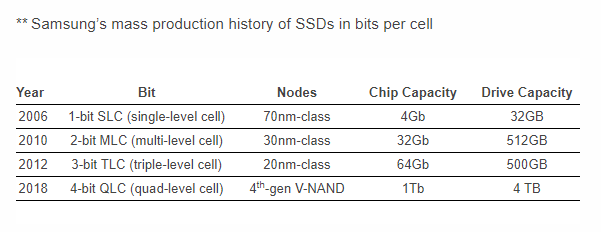Cisco and Arista reached a settlement resolving their long-running patent dispute.
Under the deal, Arista will pay $400 million to Cisco, and Cisco agrees not to assert against Arista patents that were included in the litigation as long as Arista shall continue to implement workarounds it had put in place to certain of those patents.
In an SEC 8-K filing, Cisco also said Arista agreed to make certain changes to the user interfaces of its products.
The parties also to use an arbitration process to resolve any further patent infringement claims for the next three years, and not to bring to an action against the other for patent or copyright (except for any claims of source code misappropriation) infringement for the next five years.
Under the deal, Arista will pay $400 million to Cisco, and Cisco agrees not to assert against Arista patents that were included in the litigation as long as Arista shall continue to implement workarounds it had put in place to certain of those patents.
In an SEC 8-K filing, Cisco also said Arista agreed to make certain changes to the user interfaces of its products.
The parties also to use an arbitration process to resolve any further patent infringement claims for the next three years, and not to bring to an action against the other for patent or copyright (except for any claims of source code misappropriation) infringement for the next five years.
Cisco Hits Arista with Multiple Patent Lawsuit
Cisco filed a patent infringement lawsuit against Arista Networks, claiming that a dozen key switching features covered by 14 different U.S. patents held by Cisco were copied.
In a blog post, Mark Chandler, General Counsel at Cisco, writes that none of these features are incorporated in industry standards andy were patented by individuals who worked for Cisco and are now at Arista, or who at Cisco worked with executives who are now at Arista. Specifically, Cisco's complaint cites the following technologies that are incorporated by Arista in their entirety into Arista’s products.
Mark Chandler's blog post is here:
http://blogs.cisco.com/news/protecting-innovation
A copy of the complaint is posted here:
http://www.slideshare.net/Cisco/cisco-patent-complaint-against-arista
In a blog post, Mark Chandler, General Counsel at Cisco, writes that none of these features are incorporated in industry standards andy were patented by individuals who worked for Cisco and are now at Arista, or who at Cisco worked with executives who are now at Arista. Specifically, Cisco's complaint cites the following technologies that are incorporated by Arista in their entirety into Arista’s products.
- System Database (“SysDB”) (Arista uses Cisco’s networking device implementation covered by Cisco Patent No. 7,162,537)
- Zero-Touch Provisioning (“ZTP”) (Arista uses Cisco’s implementation covered by Cisco Patent No. 7,290,164)
- On Board Failure Logging (“OBFL”) (Arista uses Cisco’s implementation covered by Cisco Patent No.7,340,597)
- Control Plane Policing (“CoPP”) (Arista uses Cisco’s implementation covered by Cisco Patent No. 7,224,668)
- Spanning Tree Loop Guard(Arista uses Cisco’s implementations covered by Cisco Patent Nos. 7,460,492 & 7,061,875 )
- In-Service System Upgrades (“ISSU”) (Arista uses Cisco’s implementation described by Cisco Patent No. 8,356,296)
- Virtual Port Channels (“vPC”) (Arista uses Cisco’s implementation covered by Cisco Patent No 8,051,211)
- Access Control ListsImprovements (“ACL”) (Arista uses Cisco’s implementation covered by Cisco Patent Nos. 7,023,853 & 6,377,577)
- Private Virtual Local Area Networks (“Private VLANs”) (Arista uses Cisco’s implementation covered by Cisco Patent Nos. 6,741,592 & 7,200,145)
- Generic Command Interface (Arista uses Cisco’s implementation covered by Cisco Patent No. 7,047,526)
- CLI Command Data Translation (Arista uses Cisco’s implementation covered by Cisco Patent No. 7,953,886)
Mark Chandler's blog post is here:
http://blogs.cisco.com/news/protecting-innovation
A copy of the complaint is posted here:
http://www.slideshare.net/Cisco/cisco-patent-complaint-against-arista























